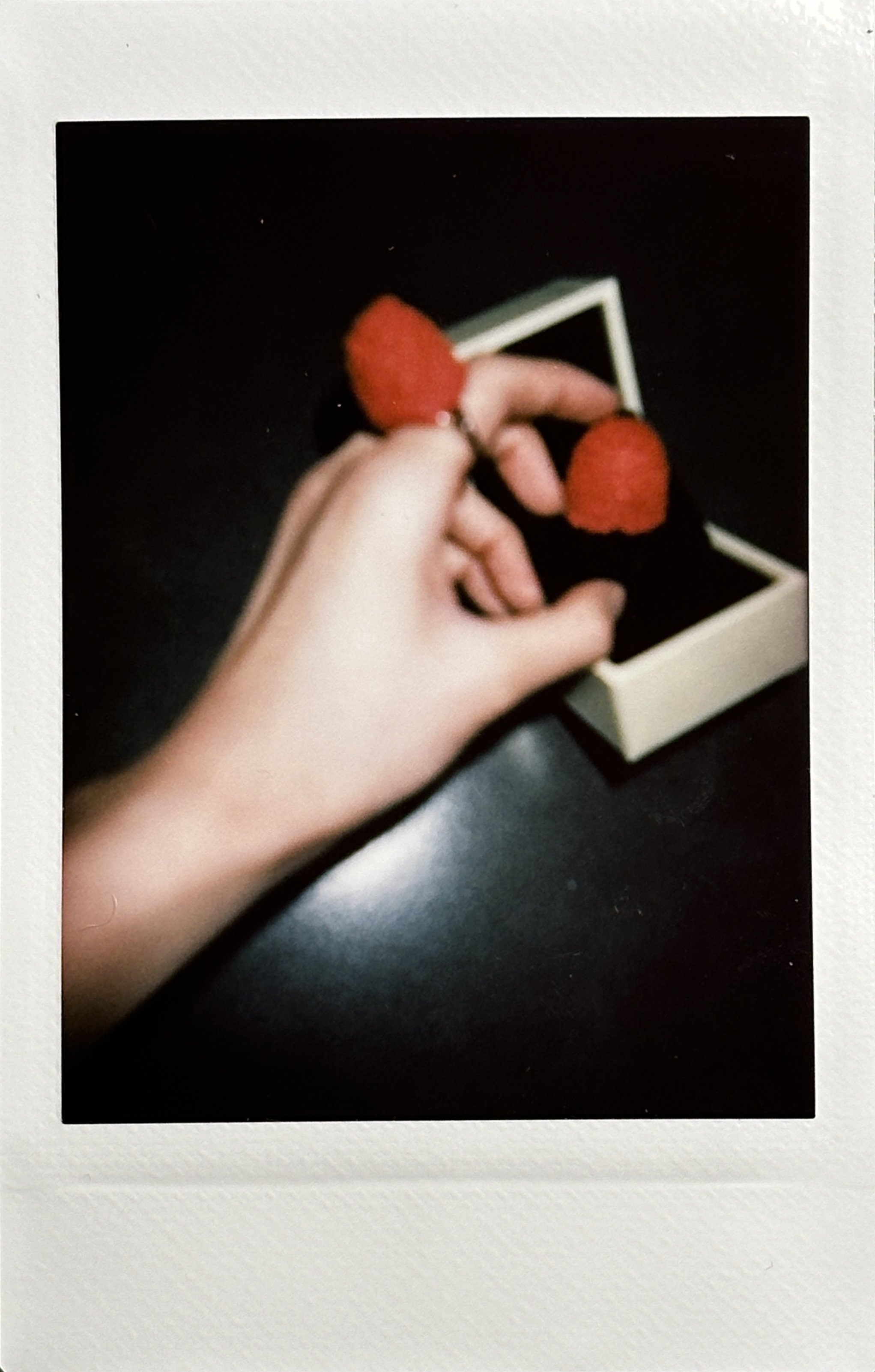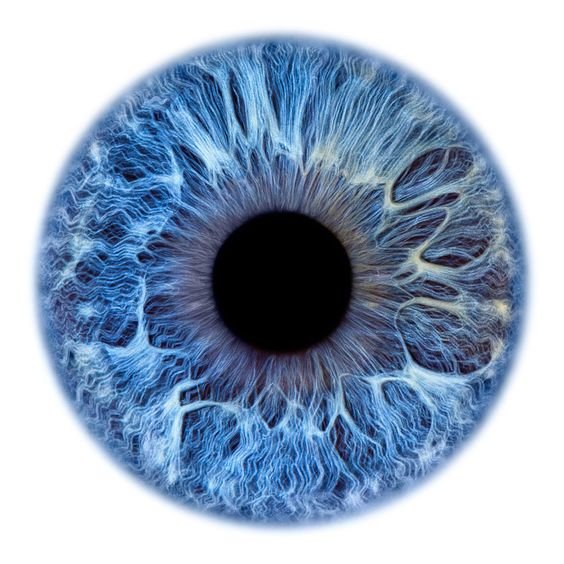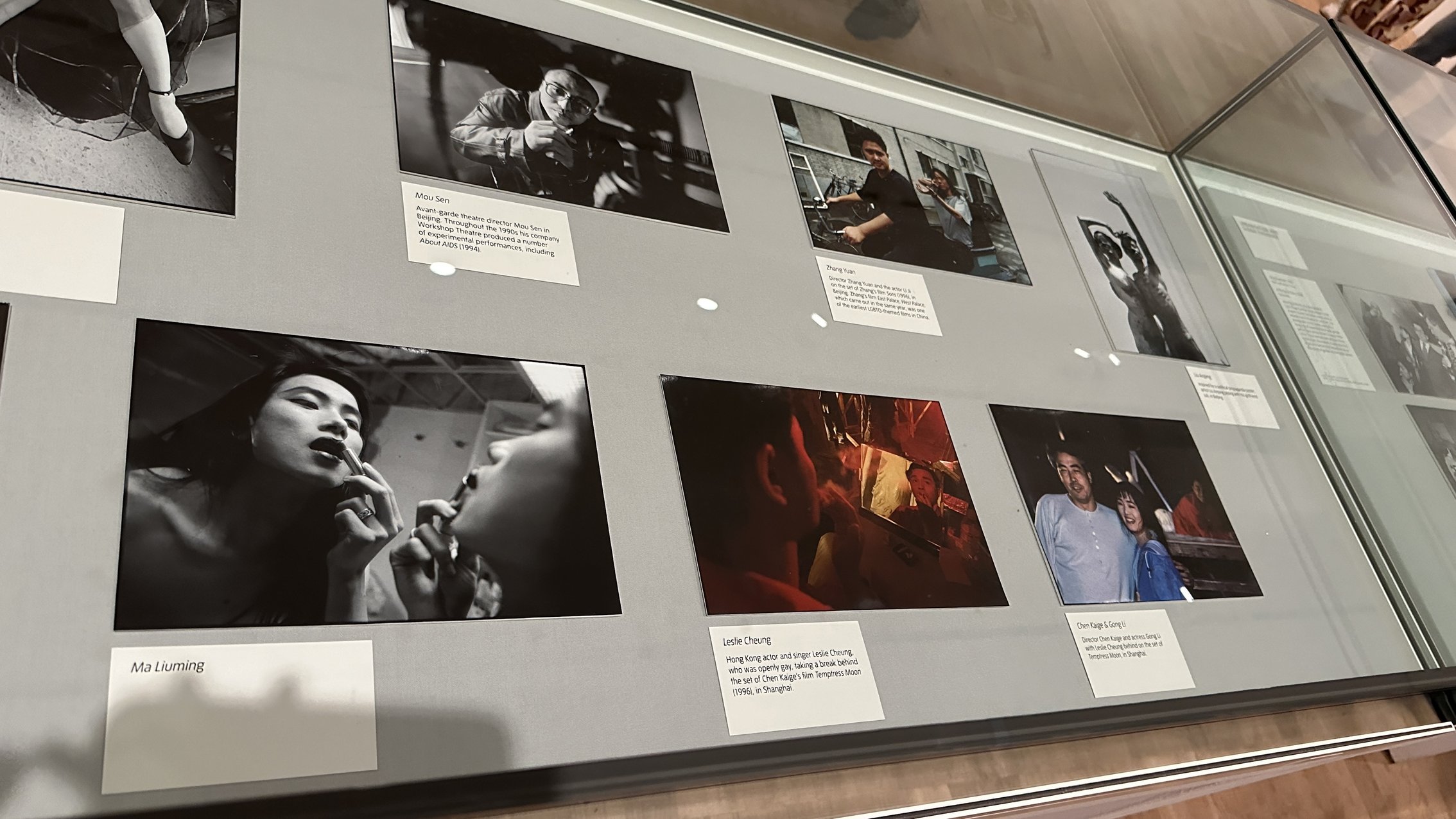

Brief C- Design as Disruption:
Hybridisation
Amidst the use of social media in contemporary contexts, food has become a ‘trend’ for people to post and talk about across various media platforms. People take photos of their food and post pictures of it showing others what they’re eating as entertainment or means to contribute & hop on a trend, however in actuality, posting these pictures infer a status of class and authority. It acts like an accessory we show-off to others about our privileges, which could thereon innate problems of segregation of a community.
Initial Ideas & Feedback
What is Hybridisation?
A re-distribution? A remaking of existing elements? A re-formation? Oppositions & Juxtapositions?
What is hybridisation and what is its significance to the context of disrupting designs? As art directors, I agree that it is important for us to create new trends and remain innovative. To me, hybridisation refers to a method and technique we as designers and art directors can and should leverage to break traditional boundaries. It allows an opportunity to communicate values in diverse manners which could cause impact due to its new impressions.
Taking my tutor’s suggestion as reference, I decided to focus on exploring on a topic I’m most passionate about, which was mainly on the representation of ‘food’. Out of all the ideas from initial brainstorms, I thought that it would be interesting to talk about how posting about ‘food’ on social media has became a representation of class during nowadays. I realised how people post what they’re eating not purely for the enjoyment of it anymore, but as a way to show off how they are able to afford the types of food they’re posting of. They want to belong to a group/ trend which allows other to envy for.
Initial Thoughts & Ideas
After understanding our task for brief C and putting my own take on definitions for hybridisation, I immediately came up with several ideas and topics of exploration I thought could be relevant in reflecting our contemporary society. With interests in both the popular and food culture, I realised how society has always revolved around ideas about myths on health and beauty contents. I wanted to challenge and explore the dilemmas of contrasting ideals in order to question whether we, as people living in a informationally rich era, are behaving ignorantly in terms of understanding the truth of things. I was also able to only think deeper about the relevancies of this topic in a broader context with help from applying newly learnt frameworks of thinking such as the double diamond, which I would definitely continue using in future projects to define meaning.
Planning & Experiments
In completion of LCC’s introductory 3D workshop tutorial earlier this semester, I got to learn and discover the outstanding types of 3D printing we can create. Thinking about the final analogue outcome for this brief, I wanted to incorporating 3D printing with traditional hand painting to explore notions of hybridisation through the use of media. Using blender, I designed a teacup model which I hoped to print using LCC’s Wasp Clay Machine; printing multiple teacups symbolising the each class with paintings/ illustrations of food representations to the respective classes. The different painted teacups would then be photographed as a prop held by different people at a dining set, showing a gathering of people showing their statuses through the portrayed imageries on each cup.
However, it was after I finished creating the 3D model and in the process of completing & booking the 3D Workshop Print Training where I came to realise how this idea is not feasible within the submission date. Printing the model does not require too much time, but the after-treatment of the material I hoped to use for the design requires multiple days of finishing in the lab which I would not be able to do as university was closing for the winter holidays.
Workshop Developmental Processes
After realising how my initial plans were not feasible, I decided to come up with a different visual representation approach for the same idea. Rather than purely focusing on the representation of food in different classes, I decided to incorporate another feature of hybridisation- through the creation of ‘food as accessories’. With the same rationale, it occurred to me how accessories would be a great symbol to the act of ‘showing off’ upper-class standards.
With help from friends to model for me, I took a series of polaroids staged so that the accessories are captured in exaggeration- taking inspirations from real life instagram food posts which adds meaning to the overall outcome as it symbolises and makes the message of how these posts (where people chooses to only post ‘better’ food pictures) is actually- even unconsciously, an act of implicating authority to show off their status quo more obviously.
I pinned down my focus to the representations of “higher-class” foods only to make sense with the chosen accessories, as well as to make sense of how people nowadays yearns to belong to the higher social status group they often see on social media. The accessories are made from scratch traditionally by deconstructing personal jewelries, using newspaper & soft clay to shape the chosen food of choice, then lastly finishing off with acrylic paint.
Final Outcome in Context
Below demonstrates ‘Food as Accessory’ in action. The Instagram mockup post of these accessories and polaroids capturing people wearing them reflects the unconscious act we've been implementing all along in posing personal authorities. Questioning how the act of following trends in contemporary times, even as simple as posting selective food images, unfolds deeper meaning and segregation of people in different societal class- which could therefore make people unable to afford these ‘food’ feel excluded.
Brief Reflection
•
Brief Reflection •
Different to the previous briefs where we are required to work in groups, brief C was a lot more flexible and straightforward in terms of working on planning and creating as less efforts in mediating common interests and maintaining people management is required. It was also a project where I had more freedom to experiment with different medium & ideations of my interest as I did not have the pressure to feel unwavered & confused as there is less responsibility for delays due to failed attempts or any re-dos.
Overall, I was really happy with the final outcome. The final delivery was different to what I imagined at the beginning due to external circumstances, which in turn helped me develop immediate problem solving and adaptational skills as I had to come up with new ideas that could capture the same message I wanted to convey. In fact, I thought that the final delivery was even more refined and successful in expressing and translating meaning compared to original plans to create painted teacups as props. That said, I hoped to incorporate new forms of creation and experiment more with materials I’ve never tried before- which is 3D printing in future projects as I wasn’t able to do so in this. The short duration for this project brief also trained me in planning and creating outcomes quick but precisely, which I thought would be really useful in future careers as time management would be key when working on live briefs.
Read Next









































